Ho Chi Minh City's economy this year is forecast to be more positive than in 2023, although difficulties may last until the end of the second quarter, according to research by the University of Economics and Law.
This assessment was stated in the Ho Chi Minh City macroeconomic report for the fourth quarter, recently published by the research group of the University of Economics and Law (under the Ho Chi Minh City National University).
Ho Chi Minh City is considered the economic locomotive of the country. This year, the city has set a growth target of 7.5-8%, equivalent to the 2023 plan. However, analyzing the data, analysts say that the city's economy will still face difficulties for at least the first half of this year, then recover.
"Ho Chi Minh City's economy is very sensitive to monetary policy adjustments due to the city's important position and role," the research team commented. According to them, adjustments to VND interest rates directly impact the domestic economic sector. Meanwhile, fluctuations in VND prices against USD and Chinese Yuan directly affect import-export activities, especially the FDI sector.
Ho Chi Minh City’s economy may undergo unprecedented natural screening when economic recovery support packages expire, according to the report. Therefore, a group of experts from the University of Economics and Law recommends that the city government should make forecasts and respond promptly to interest rate and exchange rate adjustments.
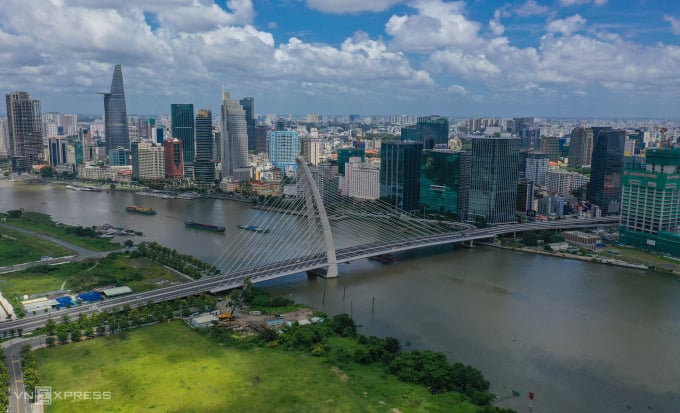
Downtown Ho Chi Minh City, seen from the Saigon River, Thu Thiem peninsula area, Thu Duc City, July 2023. Photo: Quynh Tran
In the medium term, the city should cooperate with Binh Duong and Tay Ninh to form a unified economic zone model between the three localities, in order to take advantage of the special policies that the economic locomotive enjoys from Resolution 98 on piloting special policy mechanisms of the National Assembly. Accordingly, Ho Chi Minh City can focus on two factors that shape new capacity: strategic technology and creative startups. Tay Ninh plays a key role in providing resources for electricity, water, agricultural products, and carbon credits. Meanwhile, Binh Duong stands out with its speed of industrial expansion linked to exports, which can develop in close association with Tay Ninh and Ho Chi Minh City.
According to the General Statistics Office, in 2020, the city's economic growth contributed nearly 22% to the country's GDP. This figure decreased in the following two years, to nearly 15.5% and 15.6%, respectively.
Last year, Ho Chi Minh City's GRDP reached more than VND1,620 trillion, up more than 5.8% compared to 2022, but 1.7-2 percentage points lower than the target.
The industrial production index of the whole industry increased by 4.3% compared to 2022. The industrial sector grew at a higher rate than the national average, but is slowing down compared to Ho Chi Minh City itself last year.
Trade and services increased the most last year, nearly 6.8%. Of which, total retail sales of goods and consumer service revenue increased by 9.6%. Agriculture, forestry and fishery and industry - construction increased by 1.53% and 4.42% respectively.
Tourism revenue reached over 160,000 billion VND, 25% higher than in 2019. Travel alone established new revenue, exceeding the peak in 2022 by about 1,000 billion VND.
Telecommunications
Source link






![[Photo] President Luong Cuong attends the 80th Anniversary of the Traditional Day of the Armed Forces of Military Region 3](https://vphoto.vietnam.vn/thumb/1200x675/vietnam/resource/IMAGE/2025/10/28/1761635584312_ndo_br_1-jpg.webp)






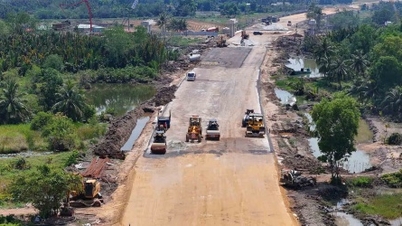
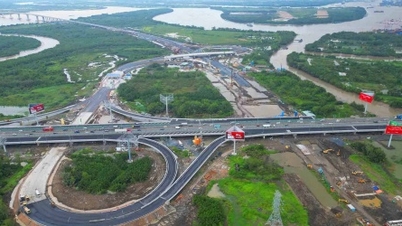







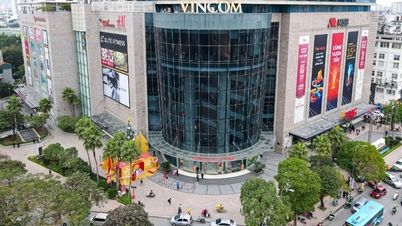
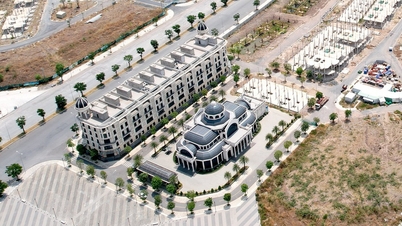










![[Photo] Draft documents of the 14th Party Congress reach people at the Commune Cultural Post Offices](https://vphoto.vietnam.vn/thumb/1200x675/vietnam/resource/IMAGE/2025/10/28/1761642182616_du-thao-tai-tinh-hung-yen-4070-5235-jpg.webp)
![[Photo] Party Committees of Central Party agencies summarize the implementation of Resolution No. 18-NQ/TW and the direction of the Party Congress](https://vphoto.vietnam.vn/thumb/1200x675/vietnam/resource/IMAGE/2025/10/27/1761545645968_ndo_br_1-jpg.webp)
![[Photo] The 5th Patriotic Emulation Congress of the Central Inspection Commission](https://vphoto.vietnam.vn/thumb/1200x675/vietnam/resource/IMAGE/2025/10/27/1761566862838_ndo_br_1-1858-jpg.webp)








































































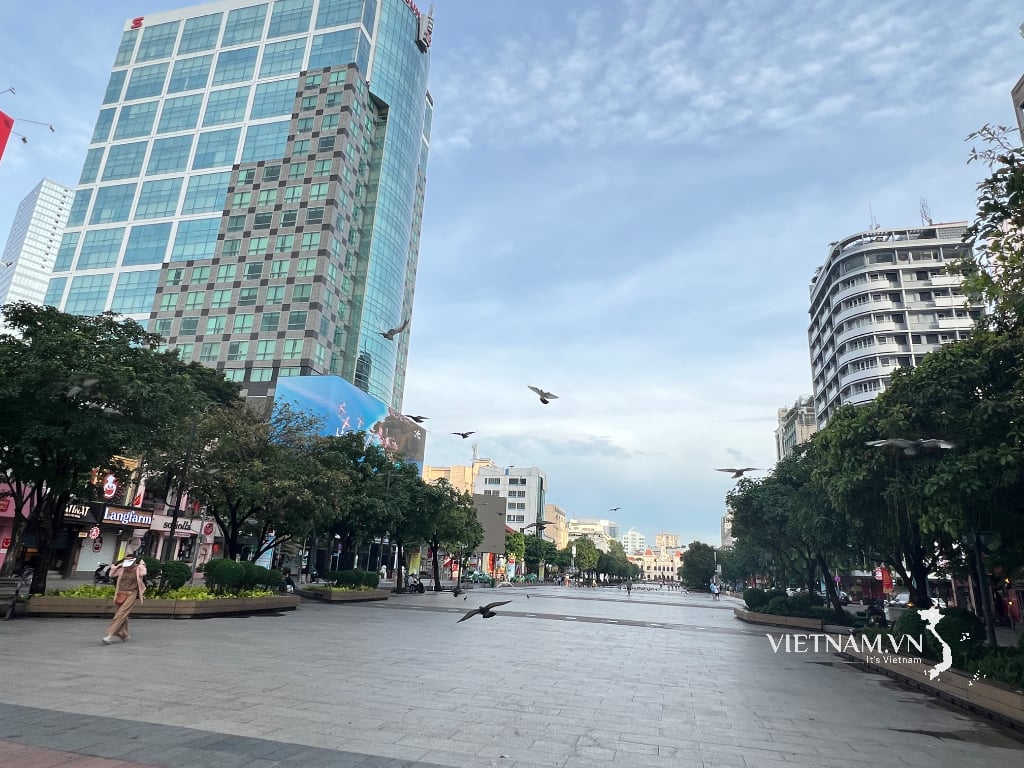



Comment (0)